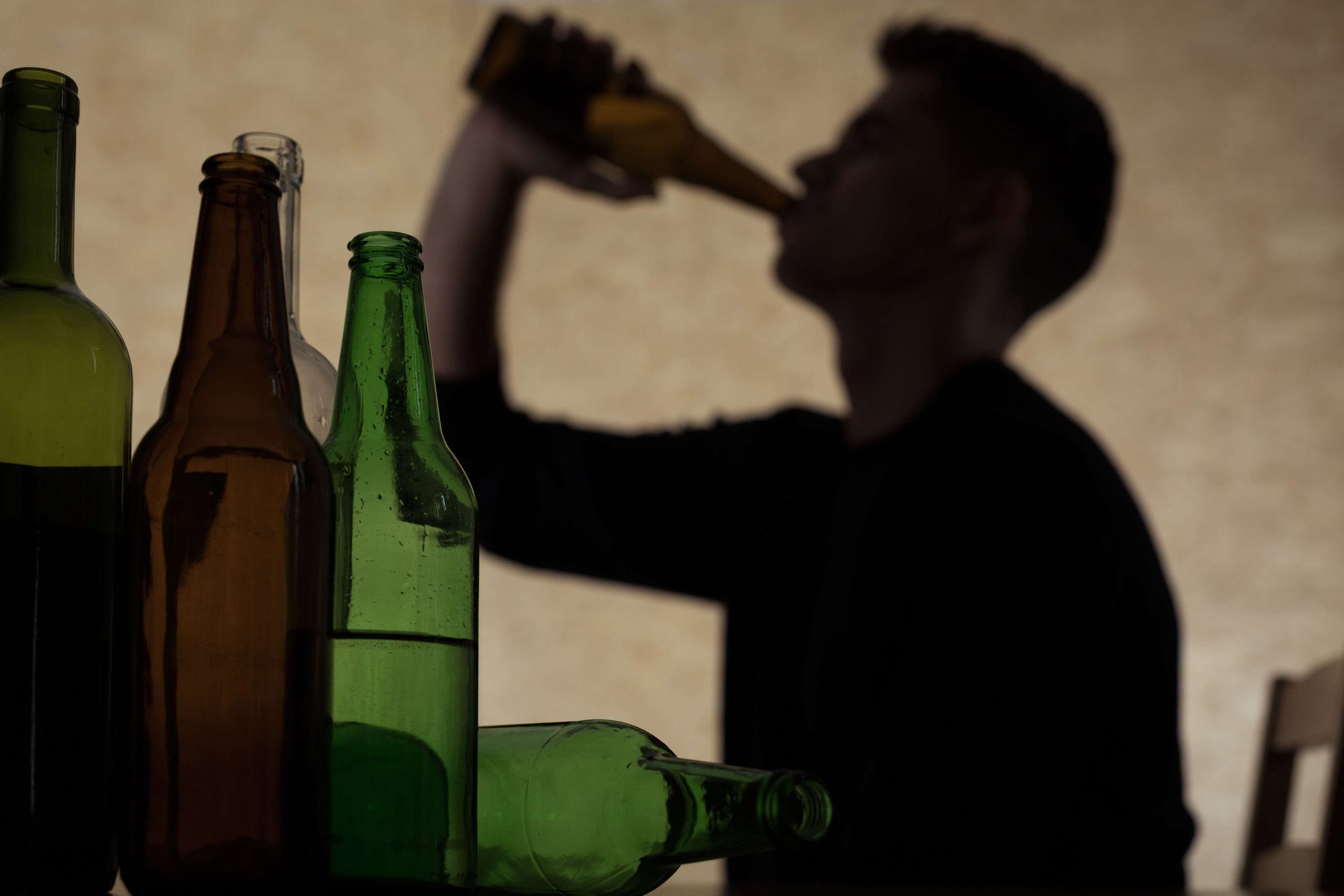For starters, drinking more alcohol than is recommended at once can lead to alcohol poisoning and reckless behavior, which can cause injury to yourself or others. The misconception that Alcohol Nose is a direct result of heavy drinking leads to stigma and social challenges for those affected. It’s crucial to understand and separate the condition from alcohol use disorder.
Drinker’s Nose: What Is It and Why Does It Happen?
- However, drinking alcohol can worsen rhinophyma symptoms in people with existing severe rosacea.
- Using gentle, non-irritating skincare products can help manage rosacea symptoms and prevent flare-ups.
- Early treatment typically involves topical medications, lifestyle modifications to avoid triggers, sun protection measures, and regular monitoring by a dermatologist.
- This discoloration is often a sign of underlying health issues and should prompt individuals to seek medical attention and consider treatment for alcohol addiction.
These signs are not conclusive diagnoses but can provide clues to a person’s struggle with alcoholism. Dermabrasion is a procedure marijuana addiction that involves a rotating brush that gets rid of excess skin. Not being able to stop drinking despite its negative consequences is one of the main signs of developing alcohol dependence. Early-stage drinkers’ nose can be treated if you stop drinking immediately and use topical or oral antibiotics. There are several treatments available, but they cannot prevent it from coming back if you continue drinking.

Potential Rosacea Flare-Up Triggers:
You may want to begin with a visit to your doctor, as they may prescribe medication and lifestyle tips to help you manage the condition. Lifestyle changes are a crucial component of managing rosacea and preventing its progression to rhinophyma. Consistency in these practices can lead to long-term improvements in skin health.

Returning to Your Job After Addiction Treatment
While there is no guaranteed way to prevent alcohol nose, managing rosacea and avoiding triggers can reduce the risk. In many cases, treatments such as laser therapy and lifestyle changes can improve the appearance of a purple nose. The early stages of this condition include persistent redness, visible blood vessels, and minor swelling of the nose. Alcoholic myopathy is a condition that causes loss of function, strength, and deterioration of muscles after prolonged excessive alcohol consumption or binge drinking. ‘Alcoholic eyes’ is often used to describe the bloodshot eyes of heavy drinkers.
- Alcohol depletes essential nutrients like B vitamins, crucial for healthy nerve function.
- In some cases, chronic alcohol abuse can cause a purple or reddish hue to the nose due to the dilation of blood vessels and skin discoloration.
- Rosacea is a common skin condition that usually manifests itself as splotches of red skin, usually across the face and nose.
- Though drinking alcohol may not be the cause of rhinophyma, those who suffer from rosacea and alcohol addiction may experience reddening of the skin and other symptoms.
- This is due to the dilation of blood vessels and increased blood flow to the area.
- However, Rhinophyma of the nose typically requires treatment from several specialists, including an ear, nose, and throat doctor who can help address breathing and airway concerns.
However, drinking alcohol can worsen rhinophyma symptoms in people with existing severe rosacea. Rhinophyma is commonly called an Alcoholic’s nose, whiskey nose, or gin blossom nose because it was thought the condition was brought on by alcohol consumption for a long time. Alcohol consumption can have various effects on the body, one of which is the development of a condition often referred to as drinkers nose or alcohol nose. This article aims to explore the causes, symptoms, and treatment options for this phenomenon, with a focus on providing valuable insights based on scientific research. A purple nose can indicate underlying issues with alcoholic nose pictures blood circulation or inflammation. In the case of an alcohol nose, the purplish tint is often caused by dilated blood vessels and increased blood flow to the area.
